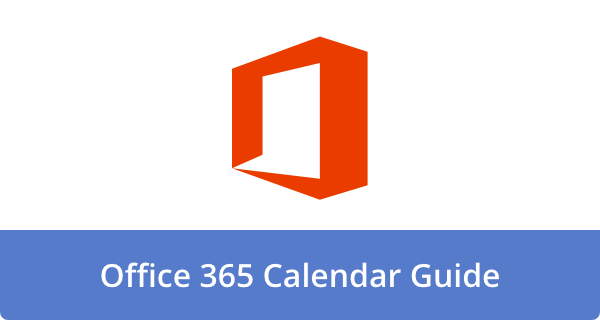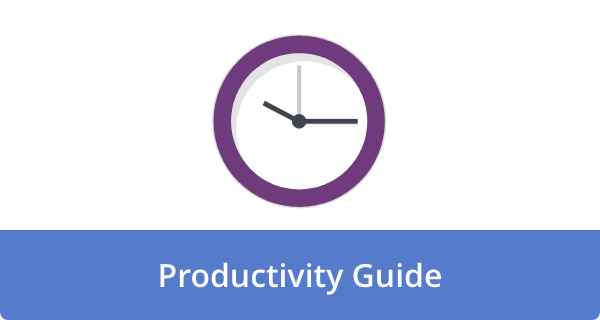

Status meetings feel safe, yet they quietly drain momentum. You sit through slides, nod at charts, then realize nothing actually changed. In a quarter defined by sharper budgets and faster bets, you need meetings that close loops, not open threads.
This piece gives you 12 field-tested formats that turn airtime into outcomes, even when stakes are high and calendars are packed.
What we heard from top productivity experts:
- Annie Duke, decision strategist, argues that separating option generation from evaluation reduces bias.
- Jeff Bezos, founder of Amazon, popularized narrative pre-reads in his 2016 shareholder letter and the two-door test to right-size process.
- Cassie Kozyrkov, former chief decision scientist at Google, champions decision briefs that name the owner, the options, and success thresholds.
Together, they point to the same posture: clarify ownership, compress the loop, then record the judgment so you can learn later. Tradeoffs are real, so these formats show you where to spend rigor and where to move fast.
1) Decision review, not status review
Turn your weekly update into a decision checkpoint. Every agenda item must end with a decision question, such as approve budget, select vendor, or cut scope. Create a one-page decision card with owner, options, criteria, risks, and a recommended choice. Open with two minutes of silent reading, then seven minutes of debate, one minute to decide. If a topic cannot end in a choice today, park it. Tip: cap to three decisions per 30 minutes so attention stays fresh.
2) Narrative pre-read with quiet time
Replace slide walk-throughs with a five to seven paragraph memo that states context, options, evidence, and the proposed decision. Spend the first eight minutes in silent reading, then move into clarifying questions and a vote. Quiet time levels the playing field and shortens debate because everyone starts informed. Ask authors to include a clear recommendation and an if-we’re-wrong section. Adoption tip: make pre-reads due 24 hours ahead or the item slips to next week.
3) One-way door or two-way door
Open each topic by classifying it as reversible or hard to unwind. Two-way door decisions get lighter process and faster calls. One-way door decisions earn deeper analysis and a fallback plan. This framing reduces over-processing small bets and under-processing existential ones. Add a simple rule: if it is a two-way door under $50k or two weeks of effort, empower the owner to decide in the room without escalation.
4) Decision brief huddle
When urgency is high, run a 15-minute huddle built on a one-page brief. Sections: decision needed, options A to C, evidence, risks, criteria, owner, and deadline. Start with the owner’s recommendation, invite one round for dissent, then decide. Capture the result as a decision register entry. This format works well for cross-team blockers, procurement choices, and pricing tweaks. Keep the huddle under six people to avoid diffusion of responsibility.
5) Option sprint
If your team gets stuck on a single favored plan, schedule a short option sprint. In 25 minutes, generate at least five materially different approaches, then score them against a shared rubric. Use axes like cost, speed, customer impact, and operational risk. End by advancing the top two into a decision next meeting. This keeps creativity and discipline in the same week. Tip: assign one person to argue for the second-best option to guard against groupthink.
6) Tradeoff workshop with sliders
Some choices are not yes or no, they live on a spectrum. Create a one-page slider sheet with ranges, such as price discount 0 to 15% or launch date now to Q2. Ask stakeholders to mark acceptable ranges, then look for overlap. Debate only the sliders that lack overlap. Finish by selecting a coherent bundle. This format converts fuzzy preferences into visible constraints, which makes the final call feel fair and fast.
7) Escalation court
For recurring cross-functional conflicts, run a 30-minute escalation court once a week. Three cases max. The case owner submits a two-paragraph brief and a recommendation. Present for three minutes, opposing view for three, then the decision-maker rules. Decisions are final unless new data appears. This prevents unresolved issues from hijacking every other meeting. Publish a short docket ahead of time so busy leaders can opt into relevant cases.
8) Kill meeting
You will ship faster when you stop more. Host a monthly kill meeting for projects that no longer clear the bar. Each project gets a five-minute scorecard against current goals, runway, and opportunity cost. The default is to stop unless the owner proves continued fit. Record outcomes and reassign capacity on the spot. Leaders protect psychological safety by praising good stops, not just big wins. This builds a culture that values focus over sunk costs.
9) Risk acceptance board
Sometimes the right call is to accept risk explicitly. Convene a short board with security, legal, and product to review a risk acceptance memo. Sections: the risk, likelihood, impact, mitigations, and the business upside. Decide to accept, reduce, transfer, or avoid. Stamp the decision with an expiry date, for example 90 days, then schedule a review. This makes risk tradeoffs transparent and prevents quiet exceptions from becoming the norm.
10) Go or no-go gate
For launches or vendor selections, use a gate meeting with binary outcomes. Define entrance criteria in advance, docs complete, tests passed, support ready, and require evidence, not promises. The chair reads criteria aloud, the team shows proof, then the chair calls it. If it is a no-go, assign the smallest fix that clears the gate and a new date. Keep the gate small and focused so the decision feels clean, not political.
11) DACI clinic
Role ambiguity kills decisiveness. Schedule a DACI clinic when decisions stall. For each workstream, name the Driver, Approver, Contributors, and Informed. Publish the map and use it to route decisions. If a topic lacks a clear Approver, appoint one before debate. In meetings, call on the Driver first, then the Approver, then the most impacted Contributor. This sequence reduces performative commentary and centers the decision-maker.
A quick framework chooser
12) Post-decision check-in
A decision is a hypothesis. Schedule a 15-minute check-in at a predefined date to compare expected versus actual outcomes. Use a simple template: decision, predicted result, observed result, variance, and learnings. If results diverge, decide whether to double down, pivot, or revert. This ritual closes the loop and reduces blame because the review timing is automatic, not triggered by a fire drill. Keep notes in a decision log so patterns emerge over time.
How to run these without adding meetings
You can fold several formats into existing cadences. Replace a status item with a decision card. Use five minutes of quiet time at the start. Move updates to an asynchronous doc that everyone reads before the call. Limit attendance to the owner, the approver, and the two people with the highest stakes. If that feels harsh, rotate observers. The constraint of fewer voices often produces cleaner choices and less meeting sprawl.
Adoption tips that stick
Start with two formats, not twelve. Choose the narrative pre-read and the decision brief huddle. Train one facilitator per team and give them authority to cut off off-topic updates. Track one metric, percent of meetings that end in a recorded decision, and review weekly. Expect some friction for two or three cycles. Once people see faster outcomes and fewer follow-ups, they will lean in.
Closing
Updates are easy, decisions are leadership. Pick two formats, set the rules, then protect them. Within a month you will see more shipped work, fewer circular debates, and a clearer record of why you chose what you chose. Start by converting your next status item into a decision question. Put a stake in the ground, then call it.
Featured Image Credit: Photo by Yan Krukau: Pexels











Deanna Ritchie
Editor-in-Chief at Calendar. Former Editor-in-Chief, ReadWrite, Editor-in-Chief and writer at Startup Grind. Freelance editor at Entrepreneur.com. Deanna loves to help build startups, and guide them to discover the business value of their online content and social media marketing.